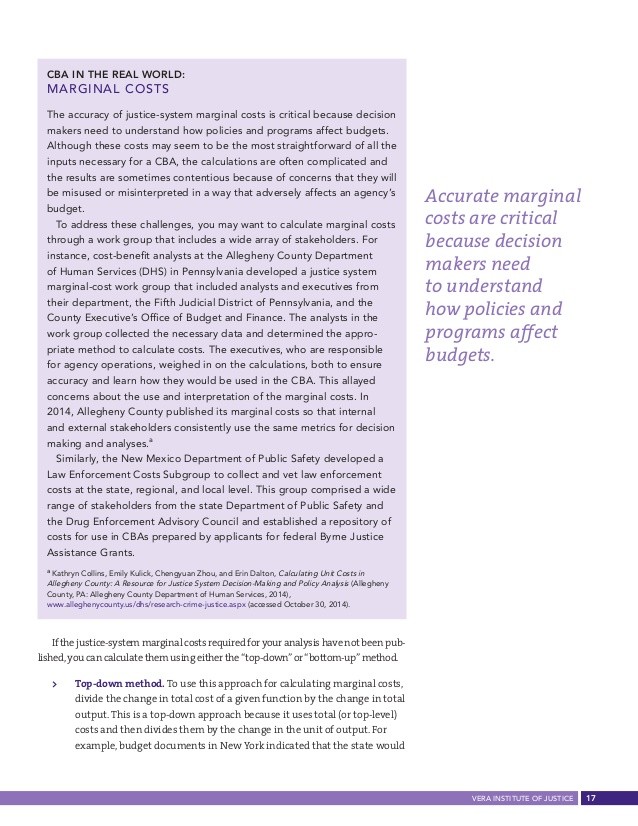Investor Toolkit The big difference between bottomup and topdown investing
Post on: 7 Апрель, 2015 No Comment

Every Wednesday, we publish our “Investor Toolkit” series on TSI Network. Whether you’re a beginning or experienced investor, these weekly updates are designed to give you specific investment tips and stock market advice. Each Investor Toolkit update gives you a fundamental piece of investment advice, and shows you how you can put it into practice right away.
Today’s tip: “Among other advantages, bottom-up investing has one big edge over top-down investing: it doesn’t force investors to rely on predictions of what might happen next.”
In the early chapters of any good book on fundamental stock market advice, you will come across the two basic ways to make investment decisions: bottom-up and top-down.
Using the bottom-up approach, you focus on understanding whats going on, rather than trying to predict what happens next. You could call this descriptive finance. You delve into earnings, dividends, sales, balance sheet structure, competitive advantages and so on.
From there, it quickly becomes obvious that theres an awful lot you dont know about the risks in the investments you are considering. So you try to design a portfolio in which the risks offset each other.
Using the top-down approach (which you might call predictive finance), you downplay whats going on now and try to figure out what happens next. You may zero in on trends in stock prices, the economy, interest rates, gold and so on. You may disregard most details. Or, you may focus on a single key trend, event or detail, such as the Y2K scare that gripped the world in late 1999, the Internet stock boom, avian flu, or the future of the electric car.
In any one year, top investment honours often go to a top-down advisor. When enough people offer opinions about the future, after all, somebody has to get it right. But nobody gets it right every time. Anybody who did would eventually acquire a measurable share of all the money in the world, and nobody ever does that.
Thats why theres a lot of turnover in the top ranks of top-down investors. One bad guess can ruin a previously enviable record.
Look at the latest figures from the undisputed independent authority on investment newsletters, Hulbert Financial Digest. They show that The Successful Investor has beaten the Wilshire 5000 Total Stock Market Index with a spectacular 16.7% compounded over each of the last 10 years. That’s more than 100% better than the index’s 7.9% average! That means that during a decade that included some of the most wrenching downturns in stock market history, The Successful Investor posted remarkable returns for our readers. Pat McKeough tracks three different portfolios for readers of The Successful Investor —one for Conservative Growth, one for Aggressive Growth and one for Income-Seeking Investors. And subscribers get free updates and advice on the stocks they’re following every week in the E-mail/Telephone Hotline. We are happy to offer you a bargain-priced, no-risk introduction to The Successful Investor. It gives you the first month FREE. Act now. Click here.
Stock market advice: Why gains accumulate for bottom-uppers
Over periods of five years and beyond, however, top investment honours mostly go to a member of the bottom-up crowd. Thats partly because bottom-uppers tend to make fewer big mistakes. This lets their gains accumulate. This also leads to longer holding periods, which provide greater tax deferral and lower brokerage costs.
The top-down approach appeals to beginning investors, when they have not yet learned how little they know. (Thats a good time for it, when you have little money to invest and cant do yourself much harm.) By the time they build up enough of a stake to begin serious investing, most advisors and investors have settled on a mix of top-down and bottom-up. As years pass, successful investors tend to put more weight on bottom-up. They like the way it cuts risk.
Sometimes, a top-down idea acquires way too much influence on way too many investors. A classic example was the intense interest that built up for many months in 2012 over Greece’s debt crisis and a possible eurozone economic collapse, if not a worldwide collapse. Week after week, in almost every newspaper or online news source you could find one or more articles delving into how that might occur, and the devastating financial results that would follow.
This widespread attention tends to get priced into the market, as traders say. In other words, investors react to this kind of potential calamity by paying a little less for investments than they otherwise would. As a result, you can buy good investments for less money.
At the height of the eurozone crisis, European authorities crept tentatively, and often nervously, towards a final resolution of the fiscal predicament in Greece. As they did so, the markets adjusted and even moved up. The predicted collapse did not occur.
To put it another way, if the risk of another European debt crisisor another government shutdown in the U.S. or ongoing unrest in the Middle Easttempts you to sell all your stocks and go into cash (as traders say), keep one thing in mind: you’re not the only person who knows about that risk.
COMMENTS PLEASEShare your investment experience and opinions with fellow TSINetwork.ca members
Have you reacted to a major crisis by selling off stocks and going into cash? Was that a good decision, or did you regret it? Alternately, have you ever treated a crisis as a buying opportunity when stocks were temporarily down? How did that work out?
Note: This article was initially published on March 1, 2012.














